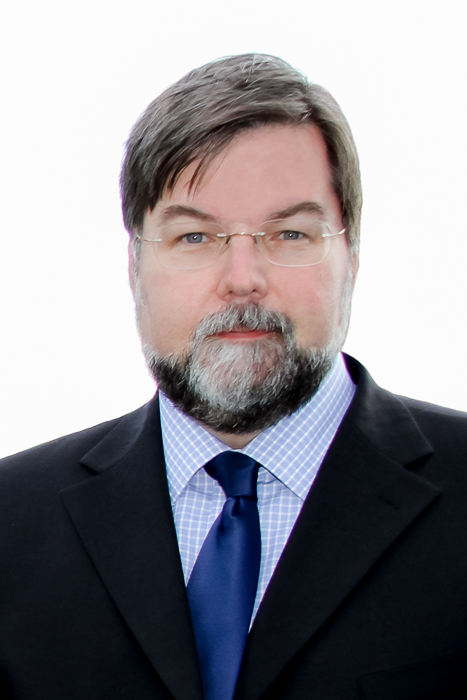Wisconsin High on State Funding of Local Governments – Local “Returns” on Taxes Paid Vary Widely by Municipality, County
MADISON— For every dollar state taxpayers send to Madison, 67¢ goes to local governments, schools, and property taxpayers, and not to running state agencies and programs.
MADISON— For every dollar state taxpayers send to Madison, 67¢ goes to local governments, schools, and property taxpayers, and not to running state agencies and programs. “This is a ‘silver bullet’ that explains much about public finance in Wisconsin and why government here is different from most states,” observes Todd A. Berry, head of the research team at the nonpartisan Wisconsin Taxpayers Alliance (WISTAX). “And,” he adds, “it explains much of what is behind ongoing state fiscal challenges and the recurring tension that exists among state leaders, local officials, and taxpayers.” Celebrating its 80th year, WISTAX is dedicated to nonpartisan public policy research and citizen education.
Despite the 67¢ average, 52 of the state’s 72 counties received a higher “return” on each tax dollar sent to Madison in 2010, according to WISTAX’s latest report, “State Funding of Local Government: How Does Wisconsin Differ From Other States?” Income- and property-poor counties generally had a higher “return,” with Menominee ($3.35 in aid for each dollar paid in state taxes), Rusk ($1.36), Ashland ($1.28), and Crawford ($1.25) counties claiming the most aid per dollar of taxes paid. In 15 counties, more state money was received by their local units of government than their residents paid in taxes. Only 20 counties received equal to or less than the 67¢ state average. Waukesha (30.2¢), Ozaukee (31.6¢), Washington (42.2¢), and Dane (43.2¢) counties received the least; all are high-income, high-property-value counties.
Wisconsin has historically aimed to help low-income and property-poor communities provide services at average property tax rates. These “return” figures cited highlight the effects that state aid formulas, particularly school aid (60% of the all aids), had in 2010.
The WISTAX study also looked at state taxes paid and state dollars received by municipality. Among the state’s 20 most populous cities, Beloit ($1.34) and Milwaukee ($1.05) received more aid than taxes paid. Brookfield (21.1¢), New Berlin (24.3¢), Waukesha (33.3¢), and Madison (37.0¢) received the least.
The new report also shows how Wisconsin differs from other states. State aid funded 41.9% of 2009 local budgets (excluding federal dollars) here. Only seven states funded local budgets at higher levels.
The implications of Wisconsin’s approach to state-local finance are many and often debated. If money is the measure, it means the state budget’s first priority is subsidizing local budgets and not state programs. Only one-third of state tax dollars fund state operations, the UW System, and aids to individuals. That, in turn, means that state budget problems can be passed on to local governments, as evidenced by local aid reductions over the last decade. There are also possible inefficiencies associated with one level of government aiding another; economic research has shown a link between intergovernmental aid and higher taxes. And state help in funding local services can lead to state-local tension and issues of local control, as state officials often use the aid they share to justify mandating local action or inaction.
Wisconsin’s system of state-local finance can also lead to friction among local governments, particularly between those paying the most taxes and those receiving the most aid. High-income counties paid the most per capita, with residents of Ozaukee ($3,798), Waukesha ($3,552), and Dane ($3,011) paying an average of more than $3,000 per resident in 2010. State aid per capita was highest in Ashland ($2,300), Crawford ($2,252), Rusk ($2,239), Rock ($2,094), Trempealeau ($2,077), Buffalo ($2,069), Iron ($2,064), and Jackson ($2,041) counties.
The new report, “State Funding of Local Government: How Does Wisconsin Differ From Other States?,” is available at www.wistax.org or by emailing wistax@wistax.org; calling 608.241.9789; or writing WISTAX at 401 North Lawn Ave., Madison, WI 53704-5033.
NOTE: This press release was submitted to Urban Milwaukee and was not written by an Urban Milwaukee writer. While it is believed to be reliable, Urban Milwaukee does not guarantee its accuracy or completeness.
Mentioned in This Press Release
Recent Press Releases by Wisconsin Taxpayers Alliance
WISTAX Wins National Award
Jul 28th, 2016 by Wisconsin Taxpayers AllianceGovernment Research Association awards most distinguished research
Callender Named WISTAX Communications Director
Jul 26th, 2016 by Wisconsin Taxpayers AllianceAward-winning journalist joins team of experts
Lottery Property Tax Credits Decline in 2015
Jun 16th, 2016 by Wisconsin Taxpayers AllianceNew Report Analyzes Legal Gambling in Wisconsin






















